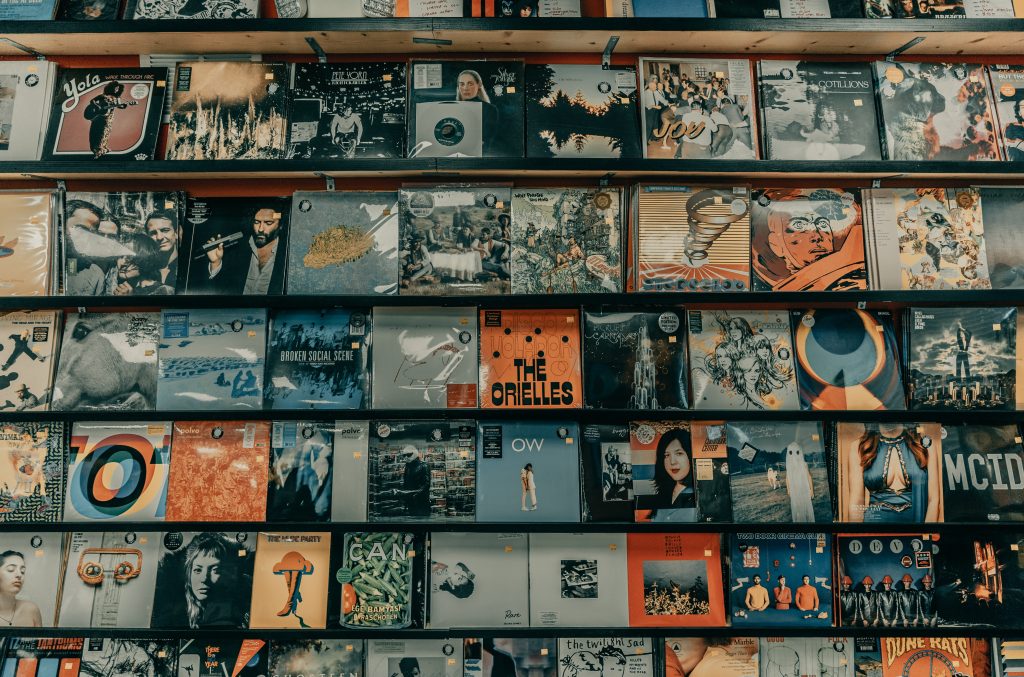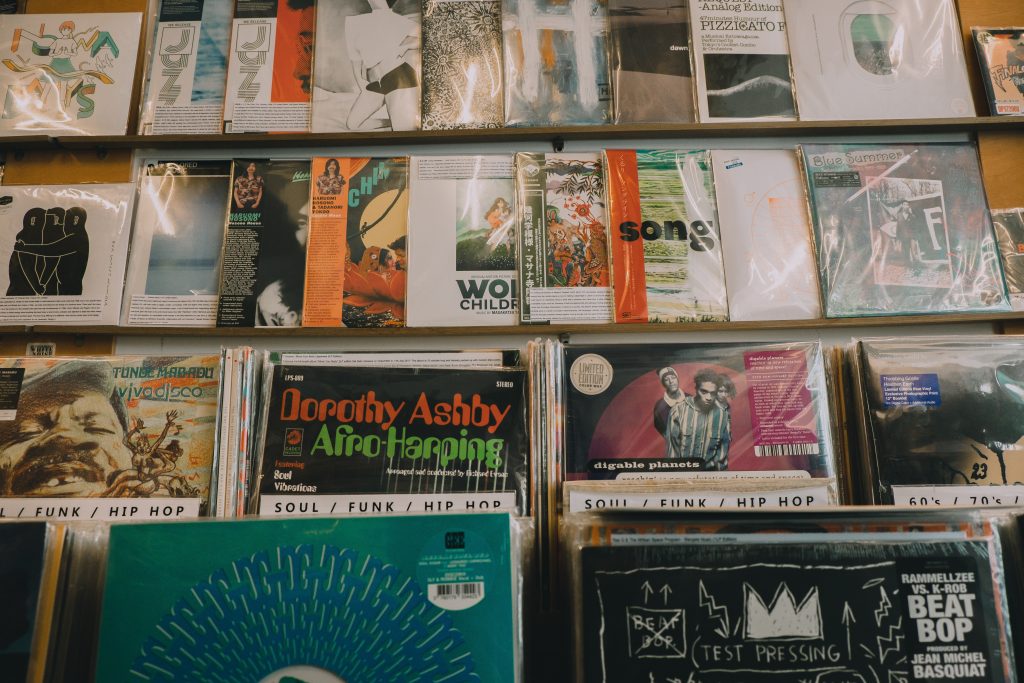Album cover art has always been an integral part of the music industry, often serving as a visual representation of the music contained within. As the digital age continues to reshape how we consume music, album art has evolved to keep up with the times. And with tools like the album cover maker at Vista Create, anyone can create their own music artwork. In this article, we’ll explore the most recent trends in album cover art.

The Rise of Minimalism
Minimalism has taken over various aspects of design, and the cover art is no exception. Many artists are opting for clean, simple, and understated covers that focus on typography and limited color palettes. This trend can be seen across genres, from pop to hip-hop and even electronic music.
Artists like Taylor Swift, Billie Eilish, and The Weeknd have all embraced minimalism in their recent album covers. The simplicity of these designs allows the music to take center stage, while still offering a visually appealing experience for fans.
The Power of Photography
Photography has always been a popular choice for album art, but recent trends have seen artists pushing the boundaries of what can be achieved through the medium. High-quality, striking images are being used to create a powerful visual impact, often with the artist themselves as the subject.
Hip-hop artists like Kendrick Lamar and J. Cole have used photography to create iconic album covers that capture the essence of their music. Meanwhile, pop artists such as Dua Lipa and Ariana Grande have used carefully curated photoshoots to establish a strong visual identity for their albums.
The Revival of Illustration
Illustration has made a significant comeback in album cover art, with many artists choosing hand-drawn or digitally created artwork to represent their music. This trend can be seen across various genres, including indie rock, folk, and even electronic music.
Bands like Tame Impala, Vampire Weekend, and Fleet Foxes have all used illustration to create visually stunning album covers that draw in listeners. This approach allows for a more personal connection between the artist and their fans, as the artwork is often created by the musicians themselves or by artists they have a close relationship with.

Nostalgia and Vintage Aesthetics
Nostalgia has a powerful influence on art and design, and album covers are no exception. Many artists are looking to the past for inspiration, incorporating vintage aesthetics and retro design elements into their album art.
This trend is particularly prevalent in the indie rock and synth-wave scenes, with bands like The War on Drugs, MGMT, and The Midnight embracing vintage-inspired cover art. These designs frequently feature a mix of old-school typography, color palettes reminiscent of the ’70s and ’80s, and nostalgic imagery.
Abstract Art and Collages
Abstract art and collage are also gaining popularity in album cover design, allowing artists to create unique and eye-catching visuals that stand out in the digital age. This approach can be seen across various genres, from hip-hop to electronic music and even jazz.
Kanye West’s “The Life of Pablo” and Bon Iver’s “22, A Million” are prime examples of abstract cover art, featuring a chaotic mix of typography, imagery, and colors that defy traditional design conventions. Collage-based covers, like those seen on Gorillaz’s “Humanz” or Flying Lotus’s “Flamagra,” offer a similarly distinct visual experience, combining different elements to create a cohesive whole.
Genre-Specific Trends
In addition to the broader trends discussed above, certain genres have developed their own unique visual identities when it comes to cover design.
- Hip-hop album covers often focus on the artist themselves, whether through striking photography or bold typography. Recent trends have seen a move towards more abstract and experimental designs, as seen on albums by Tyler, The Creator and Childish Gambino.
- Electronic music covers tend to lean heavily on abstract and futuristic design elements, with a focus on bold colors and geometric shapes. Artists like Flume, Disclosure, and Aphex Twin have embraced this aesthetic in their album art.
- Indie rock and folk covers typically feature hand-drawn illustrations or vintage-inspired photography, creating a warm and nostalgic atmosphere that reflects the music within. Bands like Fleet Foxes, The National, and HAIM have all used this approach to great effect.
In conclusion, album cover art is an ever-evolving aspect of the music industry, with artists continually pushing the boundaries of what can be achieved through visual design. As we continue to navigate the digital age, it will be fascinating to see how these trends develop and what new directions artworks in the music industry will take in the future.
